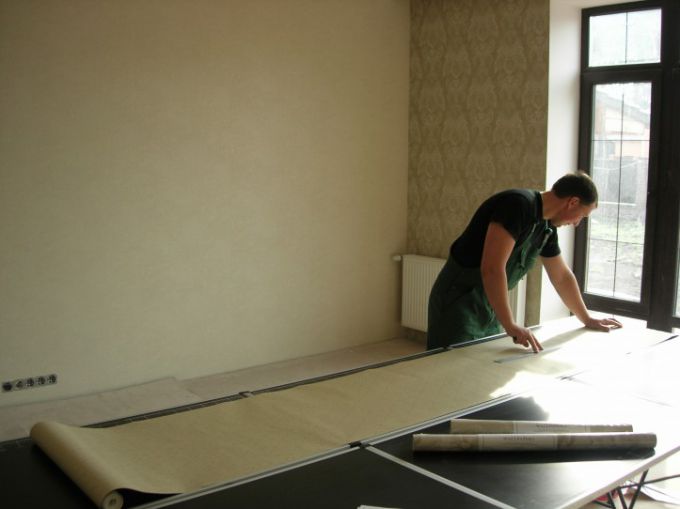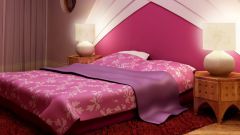Preparation of walls under textile Wallpaper
An important advantage of material of this nature is that it is able to hide some of the shortcomings of the work Foundation. But it does not mean that the wall can be left without training. She is still in first place needs to be cleaned of old materials. Then eliminate all the dirt, the surface is covered with soil and then plastered or shpatlyuyut. Not necessarily to achieve perfect smoothness of the wall, but noticeable elevation changes still need to be addressed. Before wallpapering the soil surface.
Gluing textile Wallpapers for wall
A distinctive feature of this material is its impressive width. Often used fabric, in which the figure is more than 2 m. therefore, gluing can be carried out quickly. Wallpaper glue should be selected depending on what the base is made of textile Wallpaper. For the most part they are made on non-woven fabric. So you will need adhesive composition with good adhesion property qualities.
The glue for the walls in this material is applied only onto the work surface. Then the prepared cloth is applied to the substrate and carefully aligned. The textile Wallpaper are often left creases, so you need to treat them carefully. The material does not shrink, causing nearby paintings can be placed back to back. You should also carefully to make sure that the adhesive did not hit the front of the material. So the glue is removed as soon as it appears from under the canvas.
Finish the procedure when gluing textiles
After gluing need to cut holes for sockets, switches and other electrical devices. To advance this work better not run, because the textile fabric can go smoothly. The adhesive dries in about a day. You can then proceed to operation of the premises. If textile wall pasted qualitatively, to carry out re-repair will not take long.

